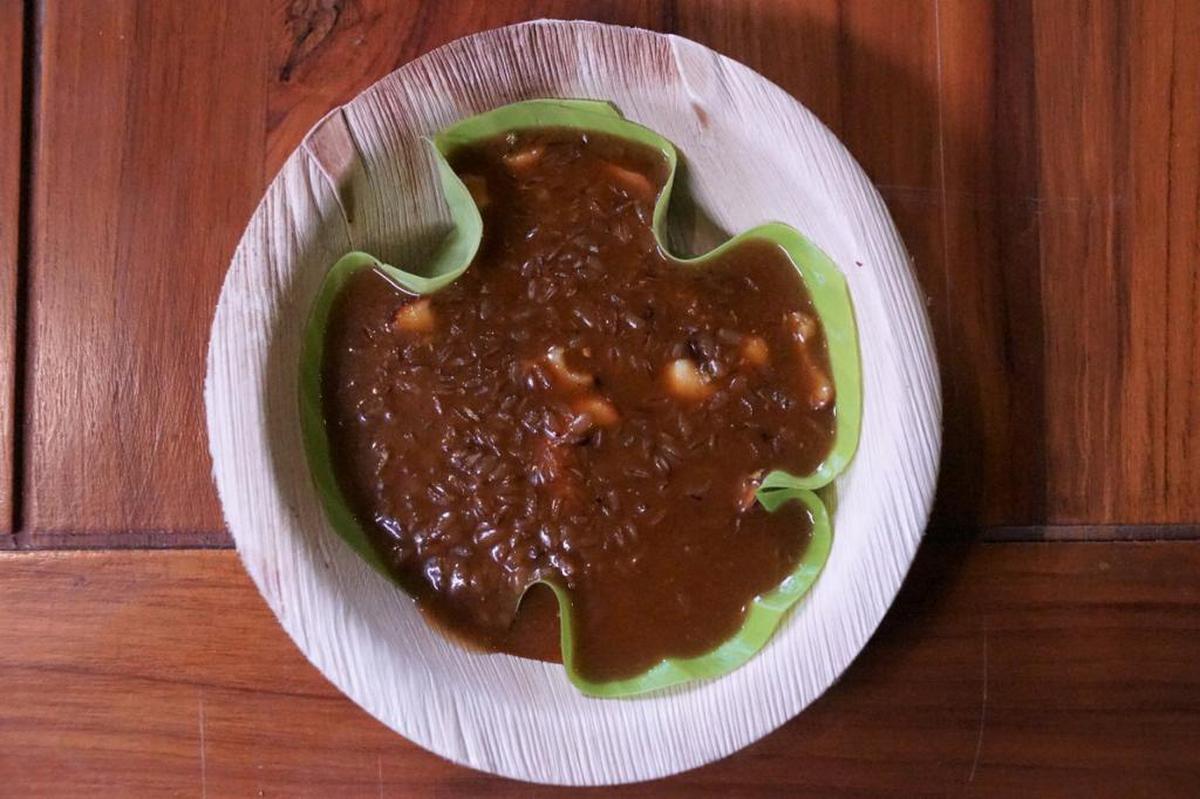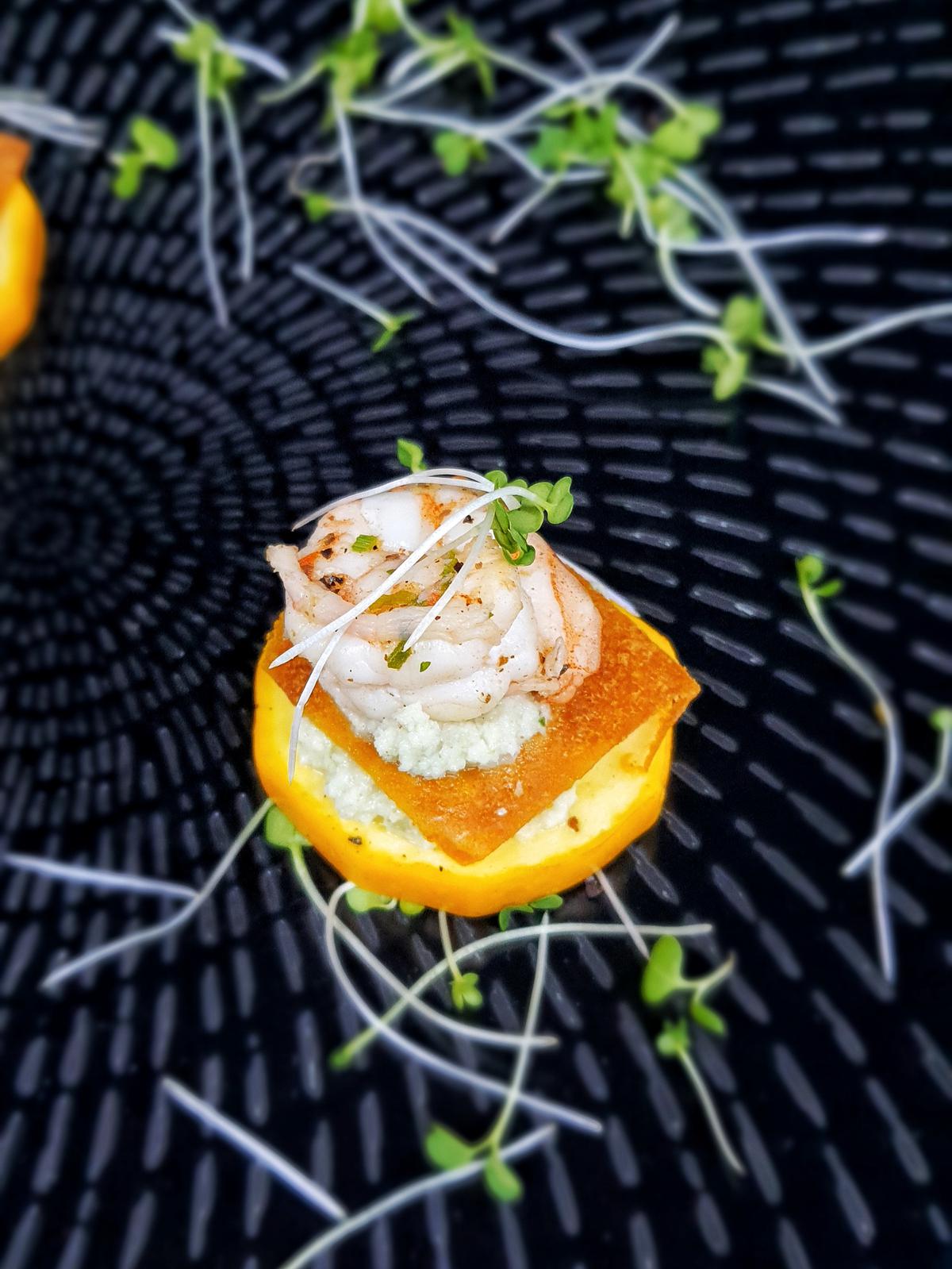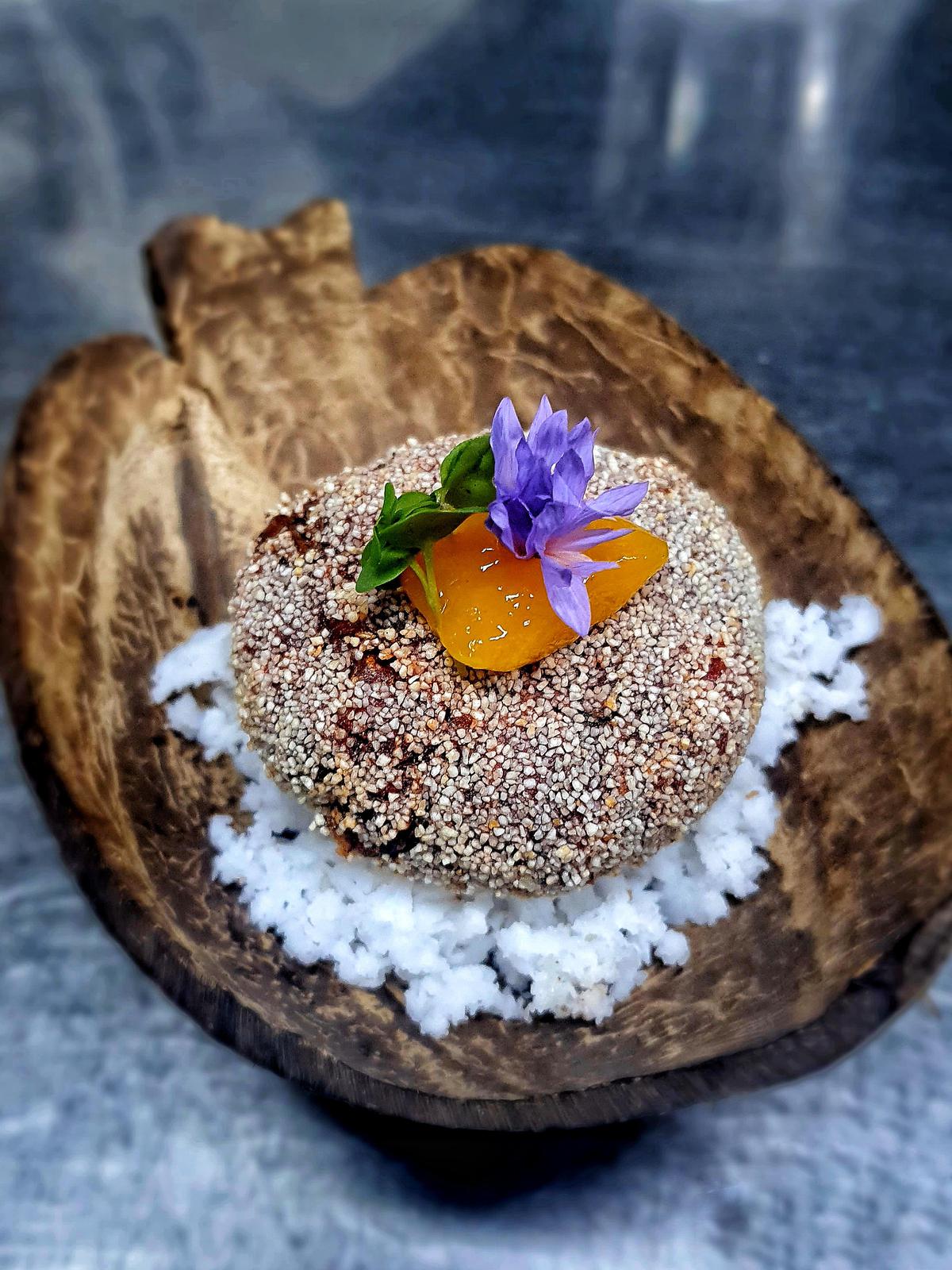Kerala tourism showcases Ayurveda inspired wellness cuisine
Can health food be tasty and designer, and ordered off a fine dine menu? Kerala Tourism has the answer Kerala Travel Mart had options on offer
Can health food be designer, and ordered off a fine dine menu? Kerala Travel Mart had options on offer
A plateful of kuruva rice (red rice) with agathi cheera (vegetable hummingbird) flower, millet chapatis, accompaniments made with banana stem and blossom, green gram, jackfruit seeds, thazhuthama (hogweed), horse gram, papaya, mango and a bamboo rice dessert had diners curious and also eating out of their hands in Kochi recently.
“People don’t know that Ayurveda food is not only healthy, but also tasty. It was important to familiarise people with this aspect,” says Subhash C Bose, general manager of Somatheeram Ayurveda Group, Kerala’s pioneering Ayurveda resort in Thiruvananthapuram, founded in 1985. He is talking about the Ayurveda food counter set up by them, at the recently concluded Kerala Travel Mart (May 5-8) in Kochi.
Simultaneously, in the stylish settings of the Brunton Boatyard in Fort Kochi, 250 delegates were treated, at their culmination dinner to conscious cuisine created by CGH Earth, a Kochi-headquartered Responsible Travel and healthcare group.
At the event, Ayurveda food and cuisine inspired by Ayurveda were showcased to a global clientele along with other new products, like the Champion Boatrace League and Keravan Kerala: Caravan tourism in the State.
“Food is medicine,” said diners after savouring the plated meal. Prepared by four chefs of the Thiruvananthapuram-based group, these proofs of the flavourful side of Ayurveda food was served over three days, to almost 1,500 diners.
On the menu

Bamboo rice Payasam
| Photo Credit: Somatheeram Ayurveda Group
“When we launched three decades ago, specific diets were prescribed for guests taking medical treatment or holidaying. In the 1990s we elevated it to the level of a cuisine that can be ordered off a menu, and brought it on to our restaurant menu. Now we have appetisers, starters, main course, accompaniments, desserts and beverages all inspired by Ayurvedic ingredients, using vegetables, fruits, herbs, leaves and oils,” says Bose.
Dr Seena Rajendran, Chief Medical Officer of the organisation explains that in the 1990s a team of doctors, chefs and nutritionists researched extensively with locally grown vegetables, spices and created a menu of 260 dishes based on the three body humors: vata (wind), pitta (bile), kapha (phlegm). They then created dishes beneficial for each body type and constitution. “The restaurant menu is labeled thus,” she says.
Ayurveda tour operator from Ukraine, Irina Gurieva, and a diner at the occasion, , says, “Ayurvedic food can be cooked at home by everyone. There are some chefs with Michelin star restaurants who serve Ayurveda food. It is all about preparing it following the rules of body constitution and the use of locally grown ingredients.”
She speaks about Ayurvedic food as one that abets the emotional state of a body and results in “happiness, which is curative.”
Conscious Cuisine

Steamed herb prawn on raw mango
| Photo Credit: CGH Earth
Meanwhile Chef Jose Varkey, corporate chef of CGH Earth and the man behind Conscious Cuisine, served a buffet based on “connotations like local content, benefit to community, mindful eating and environmental sensitivity along with certain common factors of Ayurvedic food.”
A man with a mission, he is set to deliver a talk on the subject at At-Sunrice GlobalChef Academy in Singapore in June 2022.
“Nearly 80 % of the food that one consumes should be plant based. It should have a feel-good factor; should keep you sharp and hydrated,” says Chef Jose, explaining that his “dharma” as a chef is what the Greek physician Hippocrates famously said, ‘let food be thy medicine’. The menu was curated by the groups hospitals dealing with naturopathy and Ayurveda.
A champion of “gut health”, his experiments with food are about food being anti-inflammatory and predominantly alkaline. “Food should boost the immune system,” he says adding that food should also help maintain the pH value of blood, which is 7.35 to 7.45.
He speaks for using unheated virgin and cold pressed oils, natural ingredients, slow cooking and not denaturing an ingredient.
“We try not to denature any ingredient, hence it is slow-cooked,” explains Jose and gives an example of the golden coloured Kuttanadan duck dish that was served. Generally, a dark black preparation, due to browned and burnt onions and high-heat cooking, he created the dish by braising the duck with onions dehydrated at 50 degrees C, which gave it the golden colour. “Part of the onions were steamed and it was cooked without heated oil,” he adds.

Baked banana blossom and beetroot cutlet
| Photo Credit: CGH Earth
To ensure the natural factor, starters had a vegetable or fruit, like a thin layer of crisp dehydrated mango held a steamed herbed prawn. Locally procured live oysters and steamed mussels provided the “best source of good gut bacteria”. Of the 30 dishes served, the usage of rice was limited to a local variety of steamed red rice, while noodles, ada, rotis, pasta, bread and idiyappams. were made using millets and Jackfruit flour.
Desserts at the dinner comprised tropical fruits, and arrowroot was used to make tart cases. The chef uses cocoa nib to make chocolate, while mousses, brownies and chia bowls were prepared raw. “We did not use wheat or its by-products, no dairy, sugar, refined oils, and no essences at all. A lot can be created using fresh and dry fruits and nuts,” says the chef stressing on his food philosophy of going back to barefoot luxury, especially in food.
For all the latest Life Style News Click Here
For the latest news and updates, follow us on Google News.
